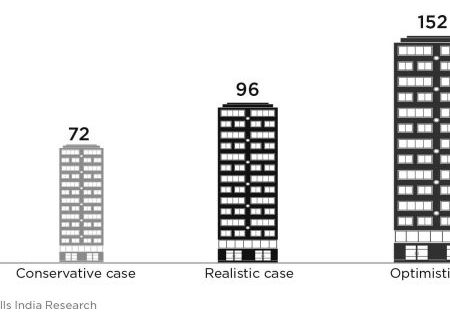In this Readers’ Platform, your author shares perspectives on the digitalization wave in the VT industry for the year 2022.
The digital transformation wave, further accelerated by the pandemic, is changing the nature of business across sectors. Industries are realizing the value that can be accrued through a digital-first agenda in terms of business growth, savings and an elevated customer experience. COVID-19 accelerated the pace of digital adoption in the elevator and escalator (E&E) industry. While diving deep into the digital trends that rose to prominence in 2021, here is a look at the digitalization efforts that will gain momentum in 2022.
2021: The Year of Digitalization
With technology taking center stage, the E&E industry was quick to embrace digital approaches across business functions: integrating tech in core product ranges and digitalizing sales, marketing, services, etc. In 2021, vertical-mobility products were designed with features that are in line with the new reality.
The world began to adapt to the concept of contactless exchanges. Touchless technologies to call an elevator and select a destination from a smartphone, such as Otis’ eCall™ app, brought this technology to elevators. Existing destination dispatch (DD) systems tackled the problem of overcrowding. Not only does the Otis CompassPlus™ DD system group passengers to minimize the number of stops per trip, it also can be programmed to limit the number of passengers assigned to one car.
The pandemic also pushed the E&E industry to accelerate some of its digital initiatives. This included reaching out to target customers virtually and creating online elevator selection and ordering platforms that allow customers to choose their exact elevator specifications. In June 2021, Otis India launched its online-booking platform to fast track the sales process for customers.
We also accelerated our efforts to harness the power of Internet of Things (IoT) technology in E&E service to provide real-time information, predictive insights and proactive solutions. By using IoT and AI, we are capable of detecting potential issues and proactively notifying building authorities before an issue arises.
Emerging Trends That Will Take Further Shape in 2022
As urbanization continues and developments accelerate, demand for vertical transportation (VT) will continue to increase. We expect to see continued investment in autonomous systems and sensor and machine-learning technologies to improve the scalability of elevator manufacturing and the performance and reliability of elevators.
Many manufacturing processes have been digitalized, and a strong AI engineering strategy will define the future of manufacturing. Future factories will be connected, networked and fully integrated to allow manufacturers to use real-time data analytics to optimize and complete the manufacturing process, further increasing productivity.
We also expect technology-driven advancements in passenger interactions. While current technologies allow passengers to interact with the elevator, the future of communication will involve a more personalized experience. LCD screen and voice devices inside elevator cabs can provide information such as the weather for the day, events for the day in the building or a tenant directory. And, in the event of a passenger entrapment, these devices can provide valuable human-to-human interaction between passengers and the elevator maintenance service provider, which can provide real-time updates about when help is on the way.
These are just a few examples of how the growing digital wave in the E&E industry will benefit all stakeholders with an improved experience, improved efficiency and better operations.
Get more of Elevator World. Sign up for our free e-newsletter.








